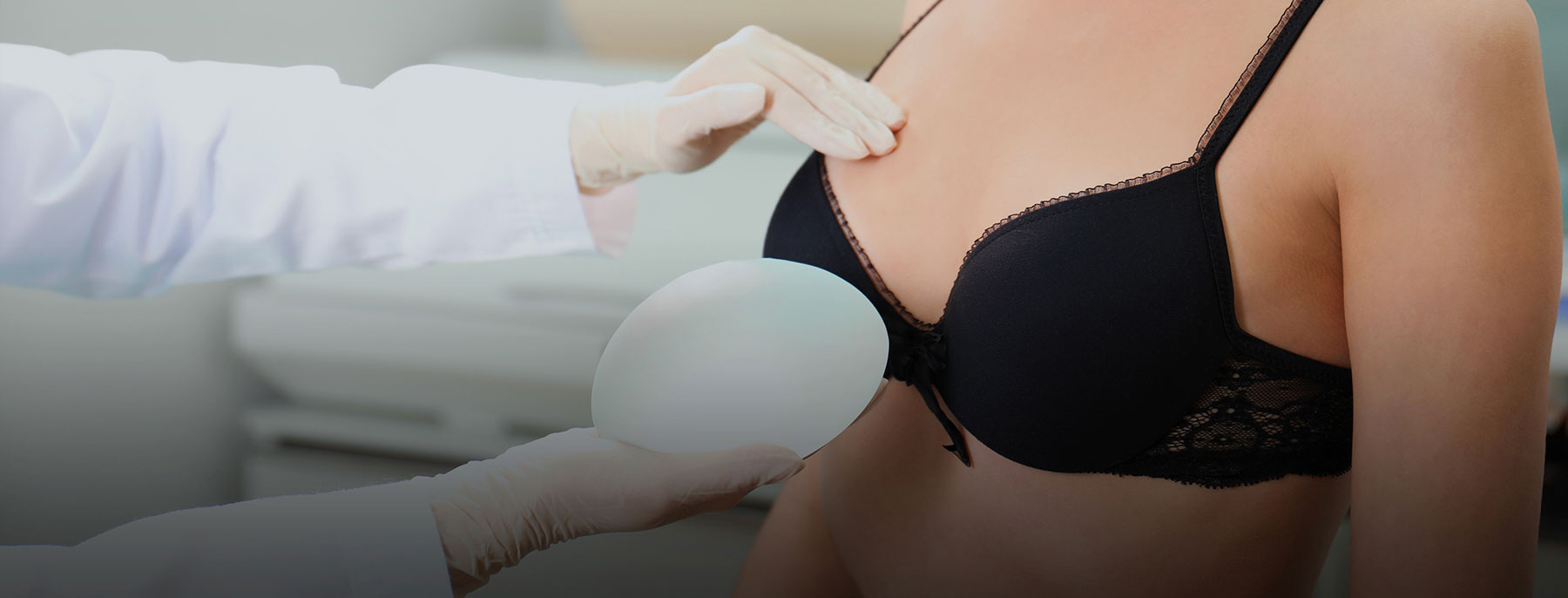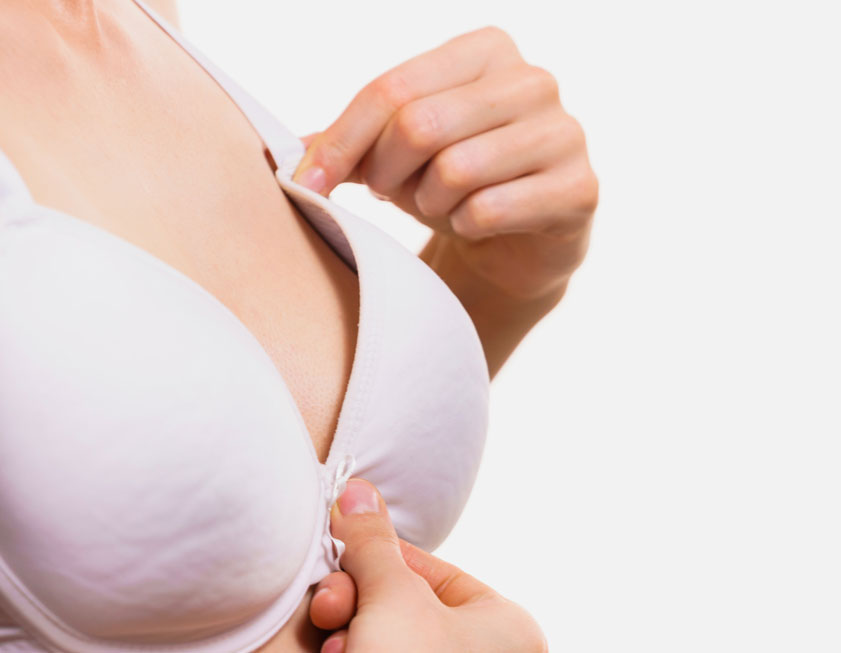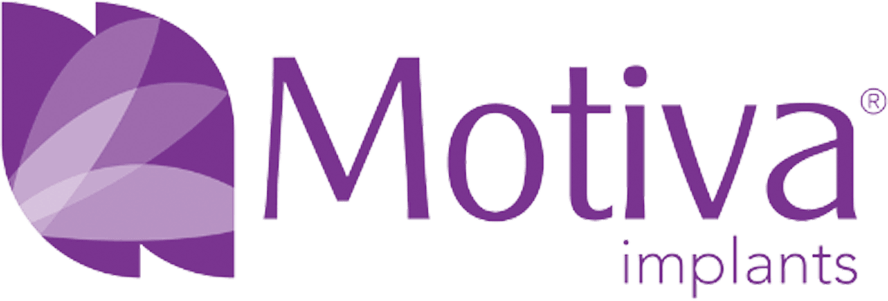
The SW1 Approach to Breast Augmentation
What is Breast Augmentation?
Breast augmentation, also known as augmentation mammoplasty, is a surgical procedure designed to enhance breast size and shape. This is achieved through either:
- Breast Implants – Silicone or saline implants are placed to add volume and improve breast contours.
- Fat Transfer Augmentation – Uses the patient’s own fat for a subtle, natural enhancement without implants.
Whether you're looking for a fuller silhouette, improved symmetry, or a more youthful appearance, breast augmentation can help you achieve your ideal look while maintaining aesthetic harmony with your body.

Who
Should
Consider
a Breast Augmentation?
In suitable cases, a breast lift may be performed in conjunction with a breast augmentation to restore both the shape and height of your bust.
Contact us at 6690 2471 to find out if you are a good candidate.
Types of Breast Augmentation
Breast implants come in different materials, shapes, and placements:
- Silicone Implants – Provide a natural feel, often preferred for their realistic look
- Saline Implants – Filled with sterile salt water, with a slightly firmer feel
- Round vs. Teardrop-Shaped Implants – Customizable based on the desired shape and projection
For those seeking a modest enhancement without implants, this method uses your own fat (harvested from areas like the abdomen or thighs) to naturally enhance breast volume.
Which option is right for you? A consultation with our surgeons will help determine the most suitable approach based on your goals and anatomy.
Patient
Assurance:
Accurate Simulations &
Premium Breast Implants


The
Motiva
Difference







What is
Fat Grafting Breast Augmentation?






The result? A natural enhancement with no foreign implants, minimal scarring, and a more sculpted body contour.
Who is Fat Grafting Suitable For?
Fat grafting is an ideal option for:
- Women looking for a modest increase in breast size (usually one cup size).

- Those who prefer natural results and do not want breast implants.

- Individuals with sufficient fat reserves for transfer.

- Patients who want a dual benefit—breast enhancement and body contouring through liposuction.

However, fat transfer is not suitable for those seeking a dramatic size increase. If more volume is desired, implants may be a better option.
Benefits of Fat Grafting for Breast Augmentation
- 100% Natural – Uses your own fat, eliminating concerns about foreign implants.

- Minimal Scarring – Small incisions for fat harvesting and injection.

- Dual Body Contouring Effect – Slimming of donor areas while enhancing the breasts.

- Long-Lasting, Soft Results – The transferred fat becomes a natural part of your body.

How Long
Do Results Last?
- Some initial swelling occurs, and a portion of the fat may be naturally absorbed in the first few months.

- The remaining fat integrates into the body, providing long-term volume enhancement.

- Final results are typically visible within 3 to 6 months.

- Since the transferred fat behaves like natural breast tissue, weight fluctuations can impact the results over time.

Fat Grafting vs. Breast Implants:
Which is Right for You?
| Feature | Fat Grafting | Breast Implants |
|---|---|---|
| Natural Look & Feel | Yes | Yes |
| Long-Lasting Results | Yes | Yes |
| Increase in Size | Modest | Larger Volume Allowed |
| Foreign Materials | No | Yes |
| Dual Benefit (Body Contouring + Augmentation) | Yes | No |
Still unsure? Our breast augmentation surgeons will guide you on the best option based on your body type, goals, and expectations.
During
Breast Augmentation Surgery
Anaesthesia Used
Breast augmentation is normally performed under general anaesthesia, ensuring you remain comfortable and pain-free throughout the surgery.
- Submuscular (Under the Pectoral Muscle): This placement can offer a more natural look, especially for women with less natural breast tissue, and reduces the risk of visible implant edges or rippling.

- Subglandular (Over the Muscle): Placed directly behind the breast tissue; this option may involve a shorter recovery time but could have a higher chance of visible implant edges in patients with minimal natural breast tissue.

The choice depends on factors such as your anatomy, lifestyle, and desired outcome. A thorough consultation with your surgeon will help determine the best option for you.
After
Breast Augmentation Surgery
Wearing a specialised post-breast augmentation bra is often recommended to minimise swelling and provide proper support. This garment aids in the healing process and helps maintain the position of the implants.
Adhering to your surgeon's post-operative care instructions is crucial. This includes wearing the recommended support garments, avoiding strenuous activities, and attending all follow-up appointments. Proper care of the incision sites and managing pain with prescribed medications can also contribute to a smoother recovery.
Many patients can return to non-strenuous work and daily activities approximately 5 to 7 days post-operation. However, it's advisable to avoid heavy lifting and vigorous activities for at least 6 weeks to ensure proper healing.
FAQ on Breast Augmentation
What is the difference between a breast augmentation and breast lift?
What can I expect after a breast augmentation surgery?
How long do breast augmentation results last?
What are the different types of breast implants used in breast augmentation?
Where are the breast augmentation incisions made?
Can I get a breast augmentation without implants?

FAMS (Plastic Surgery)

FAMS (Plastic Surgery)

Paragon
#13-01/2/3/4/5/6 Paragon
+65 6690 2471






